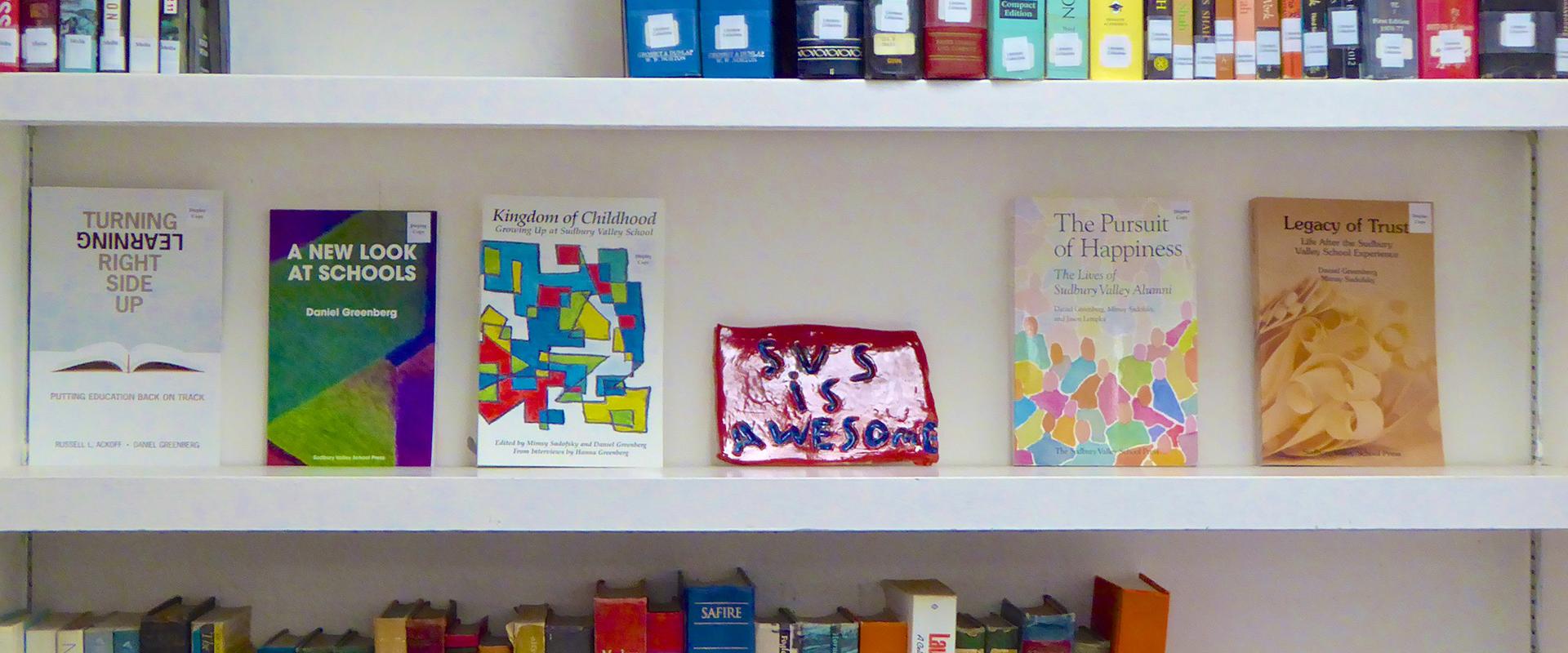My favorite yoga studio displays promotional materials from neighboring businesses in its front entrance, and my eye was recently drawn to two Kumon Learning Center brochures. The first one’s cover proclaimed, “At Kumon, ‘Yes, I can’ becomes a lifelong mantra.” The second’s says, “Imagine … your child blossoming to her full potential.”
Of course I had to grab a copy of both, if only to find out just how Kumon proposed to help my children be truly amazing. And, to be honest, I hoped I’d read something so ridiculous that I could blog about it for laughs.
But, then I stopped myself and tried to imagine being the parent of a child who was struggling to keep up in school. Whose self-esteem was plummeting along with his grades. Or who wanted to advance faster than her teacher could accommodate with a classroom full of other students. Wouldn’t I, too, look at The Kumon Method like it was The Holy Grail?
With this in mind, I read through both brochures. The philosophy is simple enough. Kids advance through Kumon’s math and reading worksheets at their own pace, “so logically and so gradually” that they “learn by doing instead of being taught how.” Progress “is driven only by his own ability and initiative. He’s never constrained by his school grade level or somebody else’s expectations.” And “with a rock-solid foundation beneath him at every level, he can go as high as his ambition takes him.” Kumon students are “the very picture of focus, concentration, and self-discipline.”
Focus, concentration, driven by their own initiative, learning by doing. Kumon sounds a lot like Sudbury Valley. Until you get to the Kumon Success Stories. What exemplifies success in the world of Kumon? It’s the 6th grader who accidentally received the 8th grade test in an international math contest and got the top score, “ranking in the top 4% among 30,000 eighth graders at French schools around the world.”
Success = good test scores?
This is no surprise, considering that the Kumon Method was developed by math teacher Toru Komun to help his eighth grade son prepare for Japan’s notoriously difficult college entrance exams. And it’s sure to be music to the ears of any parents suffering from STAD (i.e. Standardized Test Anxiety Disorder, coming soon to a DSM-III near you!).
I can’t argue against learning incrementally at your own pace. Or having kids “learn by doing instead of being taught how.” There’s certainly nothing wrong with “motivation, and an insatiable passion for learning.” But I do wonder if the bottom line for most parents – and their kids – is that the educational system today is increasingly about “teaching to the test.” There simply aren’t enough hours in the school day to cram the required subject matter into all those little brains, even when they lengthen the school day or extend the school year. And the result is more and more chronically unhappy children. Some parents watch the joy and excitement for learning fade from their kids’ eyes and turn to Kumon Learning Centers and their ilk. But other parents will think to themselves, “There has to be something better than this.”
If they’re lucky, a friend tells them about “this crazy school where there aren’t any classes!” Or they google “alternative schools” and stumble onto the Sudbury Valley website. They’ll call the school, maybe come to an Open House, walk around the campus, possibly thinking, “This is too good to be true.” And if they make it all the way through a visiting week and enrollment, they’ll almost certainly have the pleasure of finding out that they were wrong. Sudbury Valley is definitely not too good to be true.
There are no worksheets here, unless of course, the kids demand them for themselves. We have no standardized tests, report cards, or parent-teacher conferences. There are no tutors. No gifted and talented programs or “advanced work” tracks. We can’t boast about the school’s standing vis-à-vis test scores. But if success is measured by how happily our students go about the job of learning, we think we’re doing just fine.

